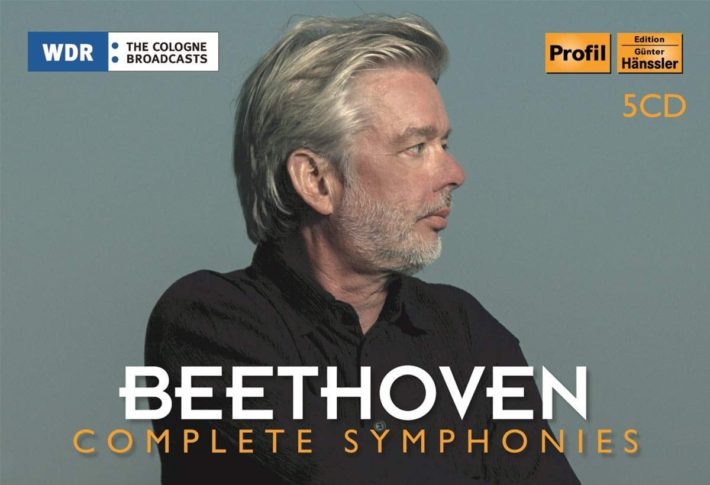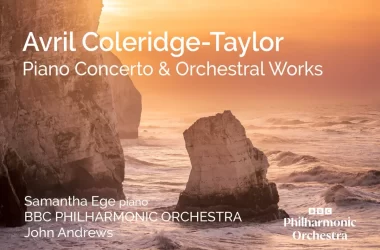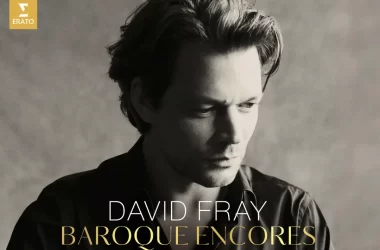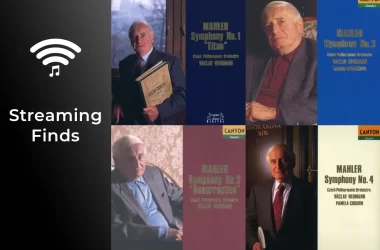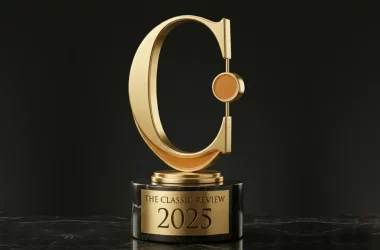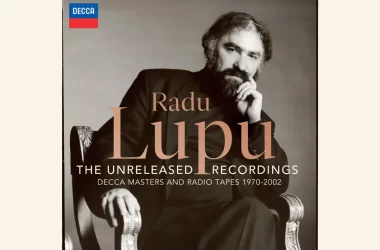This day and age, you can’t really have a complete Beethoven Symphonies cycle without comparing it to other numerous distinguished accounts. Here we have a European orchestra with a vast tradition of performing these pieces (though not many on record), and a conductor that seals his tenure as chief with these recordings.

These forces’ complete Brahms cycle was an interesting version, a blend of light romanticism with uncompromising objectivity, which gave a direct, refreshingly vibrant accounts alongside some small blemishes that prevented the cycle to join the top list of recommendations. The same objectivity is presented here, along with an attractive rhythmic drive and enthusiastic versions to some of the Symphonies, sometimes in the expense of instrumental accuracy of final fine-tuning. In the current cycle, the orchestra is going even further and adopts an almost period-instrument sound, with the strings especially presenting a vibrato-less phrasing and the timpani always ready to charge with sharp attacks. The brass and woodwind, on the other hand, still sound soft-edged, which can cause balancing issues.
As in many large cycles, there are ups-and-downs. The first Symphony is starting off very promising, with a nice sense of purpose and tempi choices. But the slow movement somehow drags and breaks the momentum that fails to get back on tracks for the rest of the Symphony. The Eroica Symphony that fills the same CD is nicely done, yet here the brass balance issues are the most apparent – Listen how the climax to the dissonant chord in the first movement is disappointingly weak due to the vague horns. The funeral march is quite impressive, yet the Scherzo is merely played efficiently, lacking some wit.
The second CD includes the Second and Sixth (“Pastoral”) Symphonies and is perhaps the weakest in the set. The Second’s slow introduction is flowing well enough, but the following Allegro con brio lacks, well, liveliness. And the punchy timpani is getting old after a few minutes. The slow movement lacks graciousness and the Scherzo, again, too serious. The finale is vividly executed but lacks the highest order ensemble virtuosity that can be found in best of orchestras.
Not much to say about the “Pastoral” either, a matter-of-fact, straight to the point and rushed through on most of the movement, maybe excluding the “Tempest”, which is treated so furiously is can’t fail of making an impression. And the transition to the finale is very successful, only to fall into a rather ordinary and icy run-through of this movement.
Balancing issues prevents the Fourth Symphony to make the impact it may well have been able to make; the introduction is well executed yet later on the Bassoon at 2:45 calls too much attention to itself on the expense of the strings (the woodwind is too closely recorded throughout this Symphony). This is in addition to some sloppiness in the development section. The second movement, as in the case of the funeral march of the Eroica, is progressing towards a climax that never really registers. The famous Fifth Symphony’s first movement sounds too on-the-bit, which few listeners may find refreshing, while others not enough revolutionary. The rest of this Symphony is almost polite, though the last movement is well voiced and articulated.
With the dramatic Seventh Symphony, one misses the too prominent timpani from the previous CDs. The introduction is planned well enough, with some good ensemble and soloist work, but there is some sense of haste and lack of synchronization once the Vivace gets going (3:45), only to get back on track in the development section – 8:15. This Symphony also shows a bit blurriness in the recorded sound. The second movement is successful though may be a bit too fast for some, and the third movement could have been more grandiose.
The Eight is another polite manner, but this has less of a negative effect and suites the classically inspired interpretation. When we get to the grand Ninth Symphony, the movements leading to the choral segments are very promising indeed, with an energetic and charged account. Here the slight inaccuracy of members of the orchestra works to the advantage of the performance, with the ensemble sounding as if letting loose of constraints and adding to the excitement. Lovely work by the strings in the slow movement, again on the fast side but not sounding pressed. Shame that the WDR Rundfunkchor and NDR Chor are not on par with the quality of the orchestra (the choirs are also placed backward in the recording and sound once again a bit blurry). From the soloists, only Bass Tareq Nazmi is making a mark.
Some twenty years ago, this quality of playing and recording might have won many superlatives, yet with as fierce competition as we have today in the catalog, this set has more of a sentimental value, for fans of Saraste or dedicated subscribers of this veteran orchestra. Taken live, save for some movements which can be wanting in detailed, the recording is good, with the audience as quiet as can be, no applause included.
Beethoven – Symphonies No. 1-9 (Complete)
WDR Sinfonieorchester
WDR Rundfunkchor
NDR Chor
Laura Aikin – Soprano
Ingeborg Danz – Alto
Maximillian Schmitt – Tenor
Tareq Nazmi – Bass
Jukka-Pekka Saraste – Conductor
Profil Records, CD PH18066
Beethoven Symphonies on Amazon


